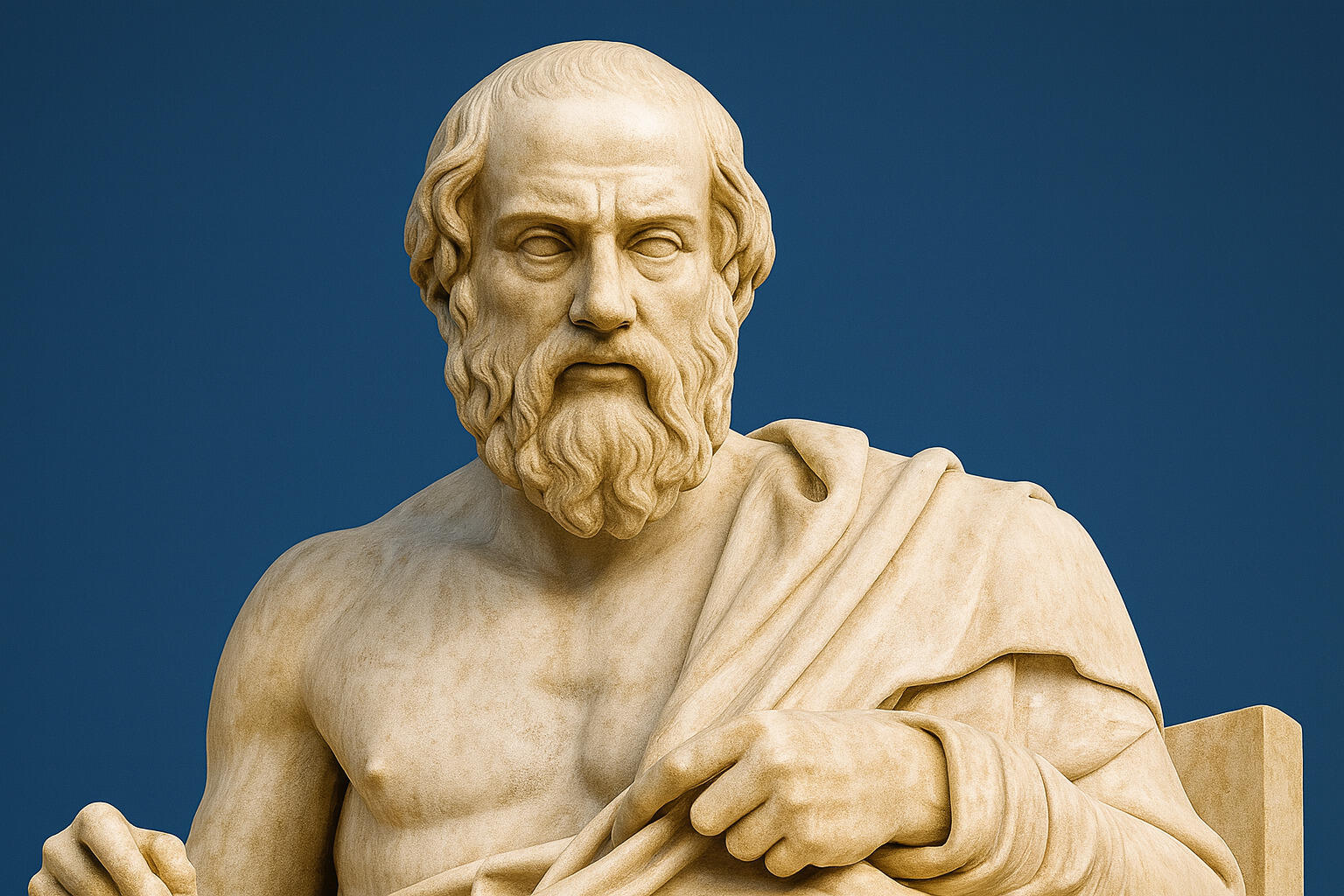Knowing how to speak, write, and generally communicate well is not just about avoiding grammatical errors and saying what's written on the page! Communicating effectively means knowing how to organise thoughts, structure a speech, choose the most appropriate words and, above all, convey a message that will impact the desired consumer.
Every day, even without realising it, we find ourselves communicating in a thousand different contexts: at school when posing a question, at work during a meeting, in a formal email, a presentation, in a conversation with friends or family. Yet, how often do we find that what we wanted to say was not understood as we anticipated? Or that someone else, with less content but more clarity, managed to be heard and understood with far less difficulty?
In these instances, communicative awareness is often lacking. And the first step in acquiring it is to know the mechanisms of rhetoric: those which help you express yourself better, not only to convince others of your point, but also to understand yourself better through language.
We've created a quiz designed to help you discover which of the four pillars of rhetoric guides your communication style. This is the first step toward more informed and effective communication. Ready? Here we go!
Quiz
Quiz :
So, What Is Rhetoric?
Rhetoric is the power of words - thus the art of speaking and writing effectively, of convincing, moving and engaging your audience, whilst choosing the right language for each situation.
It is what makes a memorable speech, a winning argument, a sentence capable of making a mark.
You use it when writing an essay, explaining a thesis, recounting an experience, defending an opinion, even when arguing with your partner, haggling over a price at the market, etc.
Whatever your role - be that student, teacher, professional or simply someone enthusiastic about becoming more aware of the way you communicate and the impact you have on others. Understanding rhetoric is the starting point for building confidence, authority and becoming capable of more effective communication.
The word rhetoric comes from the Greek rētorikḗ (téchnē), meaning the art of public speaking. Originating in ancient Greece as a fundamental discipline for those who wanted to be heard and respected, today it is a current and very powerful tool.
Ethos, Logos, Pathos & Kairos: The 4 Pillars of Rhetoric 🏛️

Conceptually, rhetoric originated in Greece over 2,000 years ago, but it is more relevant today than ever. It is not an academic exercise for its own sake, but a true discipline of communicative effectiveness.
Aristotle, in his treatise Rhetoric, identified four elements that make a speech truly effective
🦉 Ethos
Conveying credibility
Ethos is the image we give of ourselves when we communicate. A message is more convincing if it comes from a person who inspires trust. In writing, it means using a consistent, serious and authoritative tone.
🧠 Logos
Convincing with logic
Logos is the rational structure of argumentation: thesis, evidence, examples, and conclusions. It is what makes a school text, essay or presentation really strong and well-constructed.
❤️ Pathos
Engaging with emotions
Pathos serves to create empathy. It is not enough to explain: you also need to make people feel. When used in a measured manner, emotions make a speech more engaging and memorable.
⏳ Kairos
Using the right tone at the right time
Kairos is the ability to adapt the message to the context. Public speaking, for example, writing a formal letter and writing a creative post require different registers. Kairos is communicative intelligence.
Each of us tends to favour one style. Figuring out which one is yours will help you write better, speak with more confidence and construct more effective speeches. If you haven't done so yet, take the quiz and find out which of these pillars stands out in your communication style!
What is your rhetorical style?



















